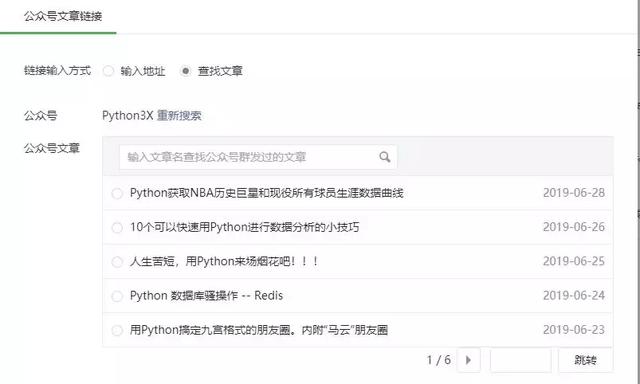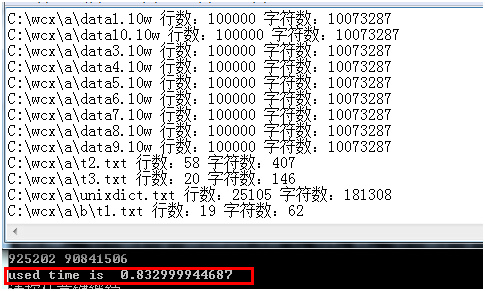python 批量修改 labelImg 生成的xml文件的方法
概述
自己在用labelImg打好标签后,想只用其中几类训练,不想训练全部类别,又不想重新打标生成.xml文件,因此想到这个办法:直接在.xml文件中删除原有的不需要的标签类及其属性。
打标时标签名出现了大小写(工程量大时可能会手滑),程序中有改写标签值为小写的过程,因为我做py-faster-rcnn 训练时,标签必须全部为小写。
以如下的.xml文件为例,我故意把标签增加了大写
<annotation verified="yes"> <filename>test.jpg</filename> <path>C:\Users\yasin\Desktop\test</path> <source> <database>Unknown</database> </source> <size> <width>400</width> <height>300</height> <depth>3</depth> </size> <segmented>0</segmented> <object> <name>People</name> <pose>Unspecified</pose> <truncated>0</truncated> <difficult>0</difficult> <bndbox> <xmin>80</xmin> <ymin>69</ymin> <xmax>144</xmax> <ymax>89</ymax> </bndbox> </object> <object> <name>CAT</name> <pose>Unspecified</pose> <truncated>0</truncated> <difficult>0</difficult> <bndbox> <xmin>40</xmin> <ymin>69</ymin> <xmax>143</xmax> <ymax>16</ymax> </bndbox> </object> <object> <name>dog</name> <pose>Unspecified</pose> <truncated>0</truncated> <difficult>0</difficult> <bndbox> <xmin>96</xmin> <ymin>82</ymin> <xmax>176</xmax> <ymax>87</ymax> </bndbox> </object> </annotation>
具体实现
假如我们只想保留图片上的people和cat类,其他都删除,代码如下:
from xml.etree.ElementTree import ElementTree
from os import walk, path
def read_xml(in_path):
tree = ElementTree()
tree.parse(in_path)
return tree
def write_xml(tree, out_path):
tree.write(out_path, encoding="utf-8", xml_declaration=True)
def find_nodes(tree, path):
return tree.findall(path)
def del_node_by_target_classes(nodelist, target_classes_lower, tree_root):
for parent_node in nodelist:
children = parent_node.getchildren()
if (parent_node.tag == "object" and children[0].text.lower() not in target_classes_lower):
tree_root.remove(parent_node)
elif (parent_node.tag == "object" and children[0].text.lower() in target_classes_lower):
children[0].text = children[0].text.lower()
def get_fileNames(rootdir):
data_path = []
prefixs = []
for root, dirs, files in walk(rootdir, topdown=True):
for name in files:
pre, ending = path.splitext(name)
if ending != ".xml":
continue
else:
data_path.append(path.join(root, name))
prefixs.append(pre)
return data_path, prefixs
if __name__ == "__main__":
# get all the xml paths, prefixes if not used here
paths_xml, prefixs = get_fileNames("/home/yasin/old_labels/")
target_classes = ["PEOPLE", "CAT"] # target flags you want to keep
target_classes_lower = []
for i in range(len(target_classes)):
target_classes_lower.append(target_classes[i].lower()) # make sure your target is lowe-case
# print(target_classes_lower)
for i in range(len(paths_xml)):
# rename and save the corresponding xml
tree = read_xml(paths_xml[i])
# get tree node
tree_root = tree.getroot()
# get parent nodes
del_parent_nodes = find_nodes(tree, "./")
# get target classes and delete
target_del_node = del_node_by_target_classes(del_parent_nodes, target_classes_lower, tree_root)
# save output xml, 000001.xml
write_xml(tree, "/home/yasin/new_labels/{}.xml".format("%06d" % i))
按照上述代码,示例.xml变为如下.xml,可以看出我们删除了除people和cat类的类别(即dog类),并把保留类别的打标改成了小写:
<?xml version='1.0' encoding='utf-8'?> <annotation verified="yes"> <filename>test.jpg</filename> <path>C:\Users\yasin\Desktop\test</path> <source> <database>Unknown</database> </source> <size> <width>400</width> <height>300</height> <depth>3</depth> </size> <segmented>0</segmented> <object> <name>people</name> <pose>Unspecified</pose> <truncated>0</truncated> <difficult>0</difficult> <bndbox> <xmin>80</xmin> <ymin>69</ymin> <xmax>144</xmax> <ymax>89</ymax> </bndbox> </object> <object> <name>cat</name> <pose>Unspecified</pose> <truncated>0</truncated> <difficult>0</difficult> <bndbox> <xmin>40</xmin> <ymin>69</ymin> <xmax>143</xmax> <ymax>16</ymax> </bndbox> </object> </annotation>
以上就是本文的全部内容,希望对大家的学习有所帮助,也希望大家多多支持【听图阁-专注于Python设计】。

